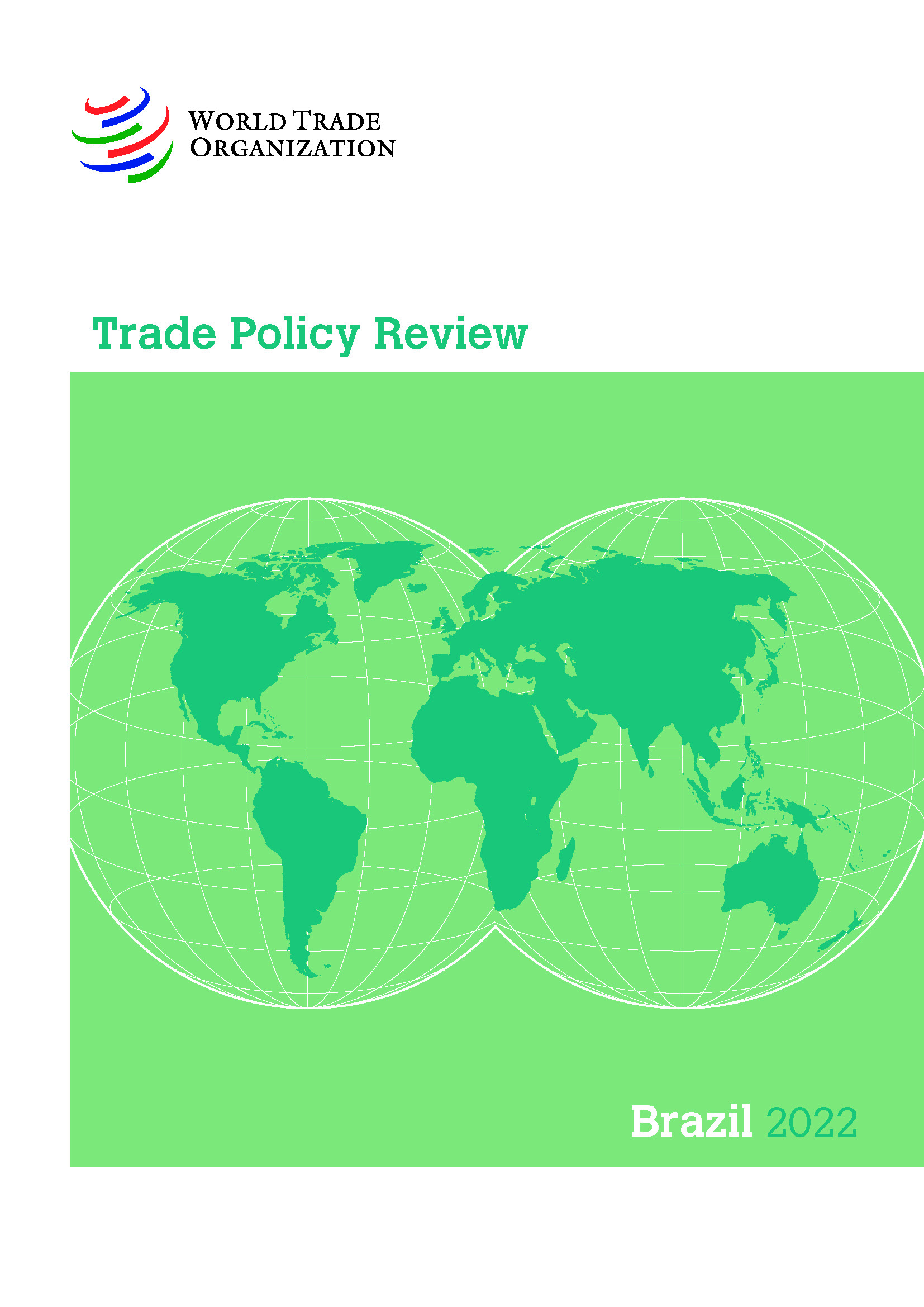Report by the WTO Secretariat

- De : World Trade Organization
- Source: Trade Policy Review: Brazil 2022 , pp 11-176
- Publication Date: juin 2023
- DOI: https://doi.org/10.30875/9789287072849c004
- Langue : Anglais
Since Brazil’s previous Review in 2017, efforts for improving economic fundamentals and strengthening macroeconomic resilience were undertaken. During the review period and prior to the COVID-19 outbreak, Brazil’s annual GDP growth rate rose up to 1.8% (2018) before contracting to 3.9% (2020), due to the pandemic. It has since bounced back to an estimated 4.6% in 2021 as a result of timely adopted support measures, booming terms of trade, a pickup in commodity prices, recovery in domestic and external demand, and robust private sector credit growth. Brazil’s annual average GDP growth rate for the period 2017-21 was relatively low at 1%, although higher than the average of -0.4% in 2012-16. Developments in the country’s position among the most competitive economies in the world reflect, inter alia, improvements in the business environment but also weaknesses in several areas where reforms have been under way. Between 2017 and 2020, inflation at rates ranging from 3.2% to 3.7% remained under the upper limit of the tolerance range established by the Central Bank of Brazil (BCB); however, since January 2021, it exceeded its upper limit attaining 8.3% that year, and rose progressively to 12.13% in April 2022, but easing subsequently to 11.7% in May 2022. Unemployment rose slightly to the historically high rate of 13.5% in 2020 and 2021, inter alia, due to the impact of the pandemic.
-
From This Site
/content/books/9789287072849c004dcterms_subject,pub_countryId-contentType:WorkingPaperSeries -contentType:Periodical -contentType:BookSeries -contentType:ReportSeries105


